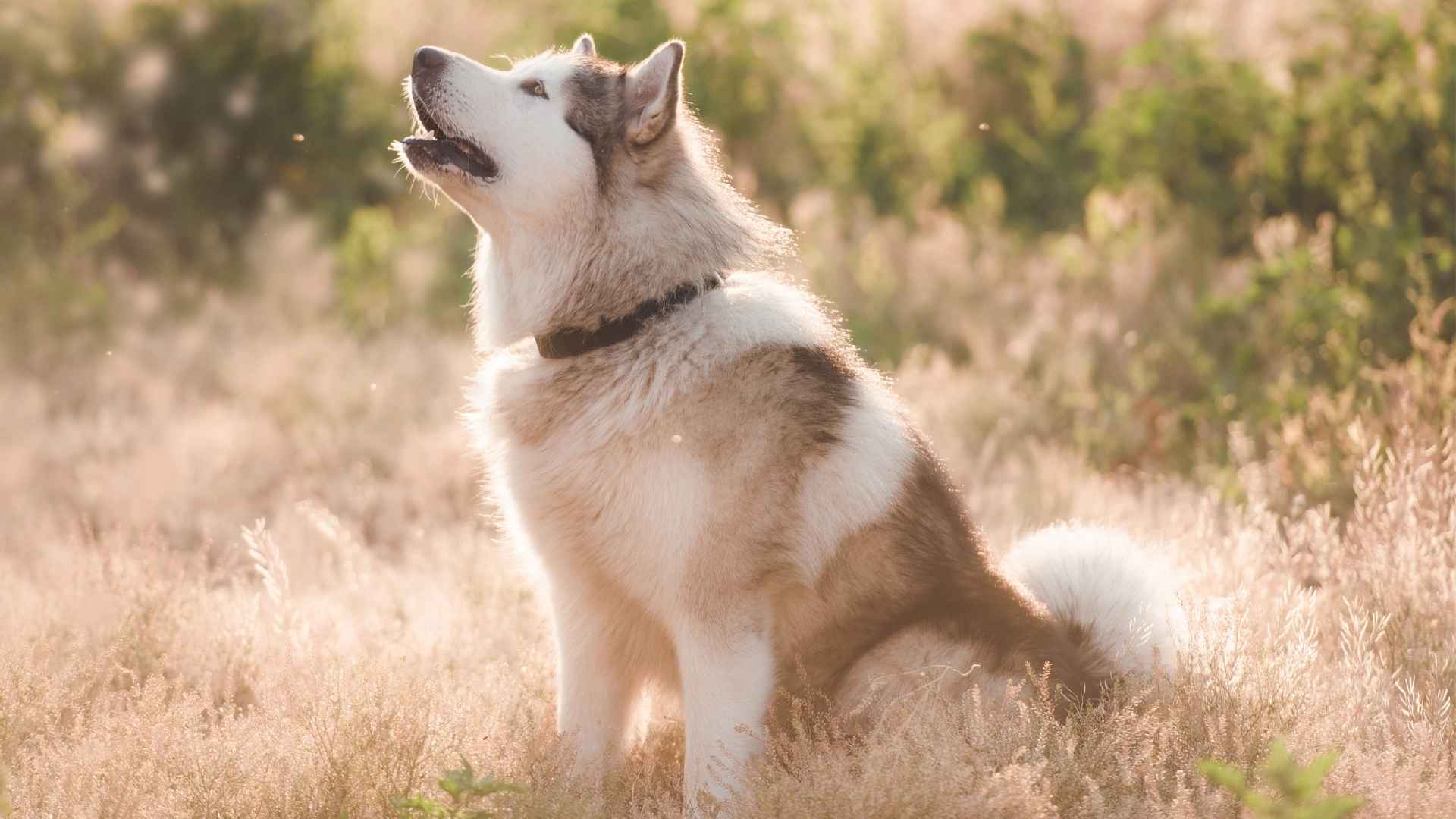Do you realize that certain dogs produce melodic howls rather than simple barks? These extended canine howls produce a musical quality that travels through your house or surrounding area with shocking sharpness. This distinctive behavior originates from their ancestral background.
According to PetMD, howling in dogs stems from their genetic makeup and gets activated by high-pitched sounds or feelings of loneliness, as well as the excitement of seeing their owners again. These howls serve as expressions of deep instinctual behavior along with emotional responses and communication necessities.
This blog will examine the distinctive howling patterns found in certain breeds. We will explore the reasons behind their howling behavior, which includes pack communication and alerts during hunts or separation anxiety relief, and learn how to support this behavior through positive reinforcement, together with consistent training.
Dog Breeds With Unique Howls
Here are 9 breeds:
1. Siberian Husky
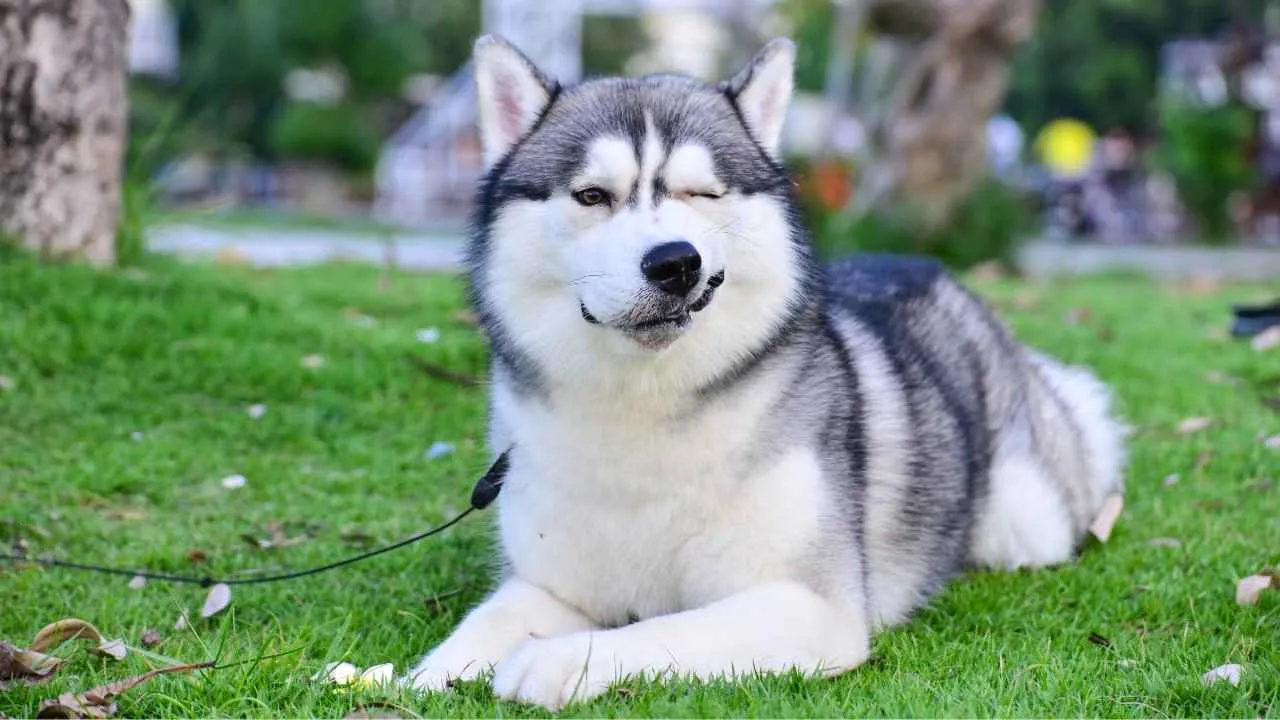
The vocal temperament of Siberian huskies distinguishes them from the majority of dog breeds. These pups use melodious and humorous howls to communicate with their owners without hesitation. Among dog breeds, Siberian Huskies show the greatest physical similarity to wolf ancestors.
Their striking looks and howling capabilities show their deep ties to wolf lineage, which explains why their soulful howls resemble wilderness calls.
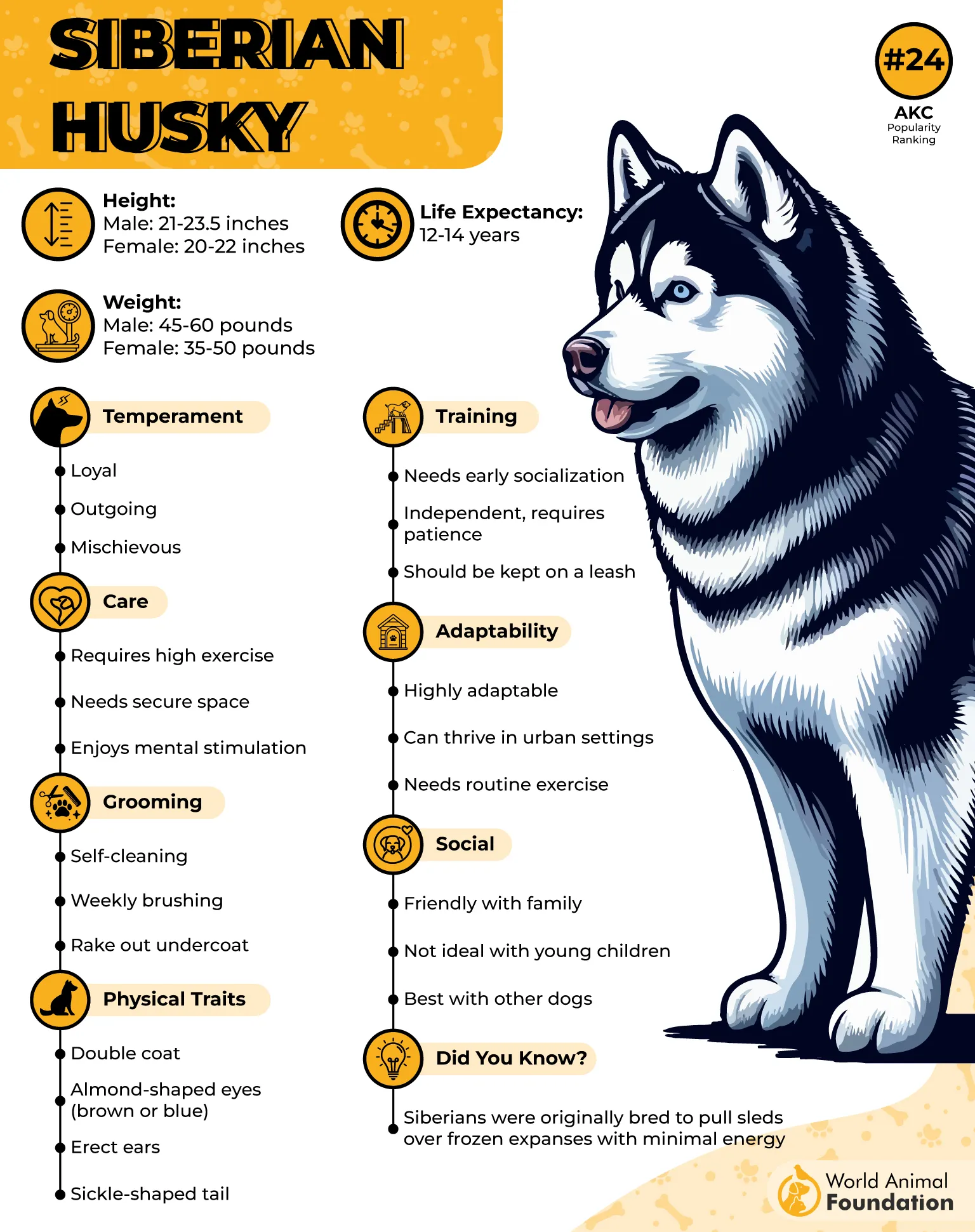
The combination of their muscular physique and endurance capacity, together with their resistance to severe cold, made these dogs ideal for traveling long distances during tough winter conditions.
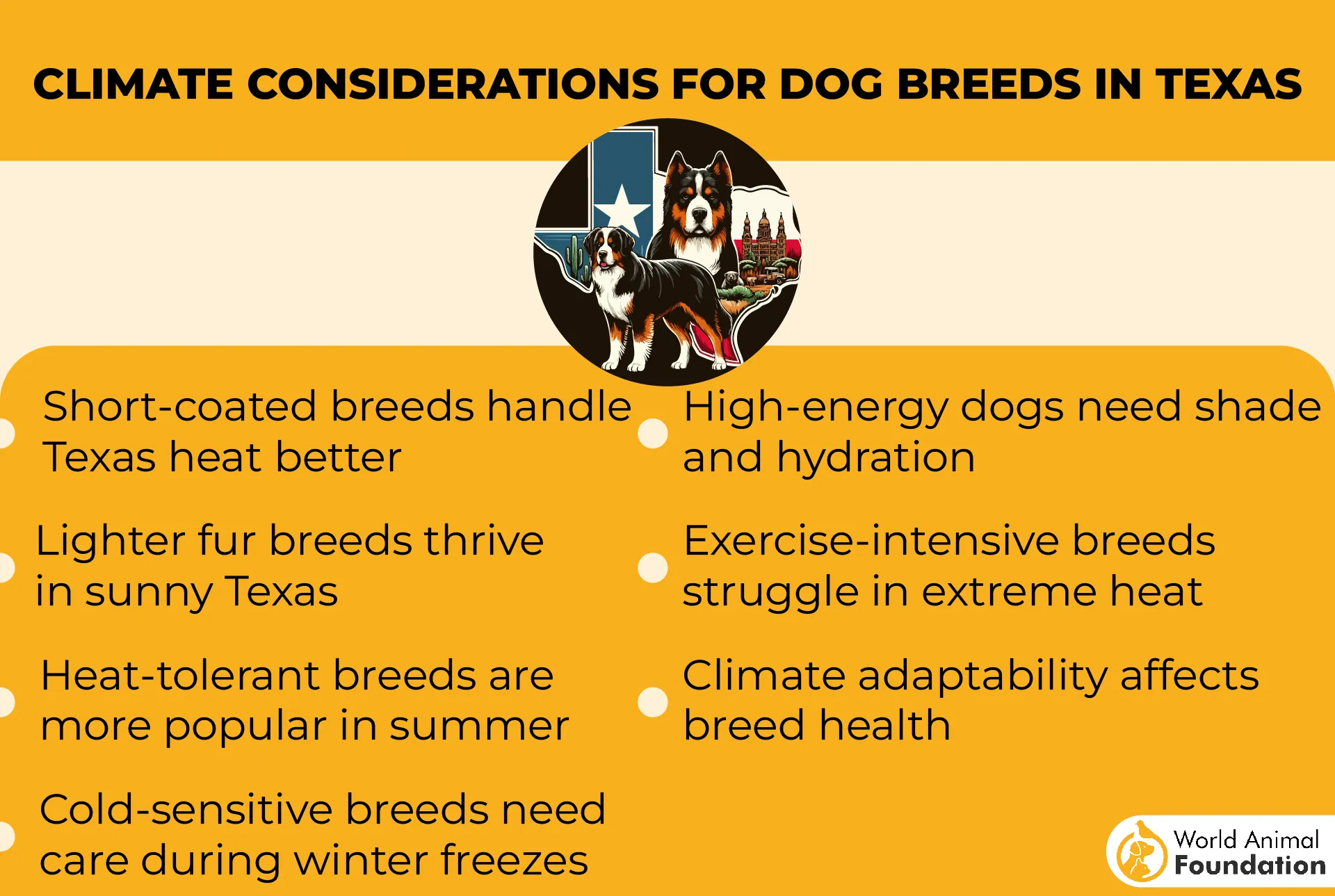
Siberian huskies build close relationships with their families and often howl when they experience separation anxiety. When Huskies feel lonely or miss their family members, they may start singing out loud to the entire neighborhood.
2. Alaskan Malamute
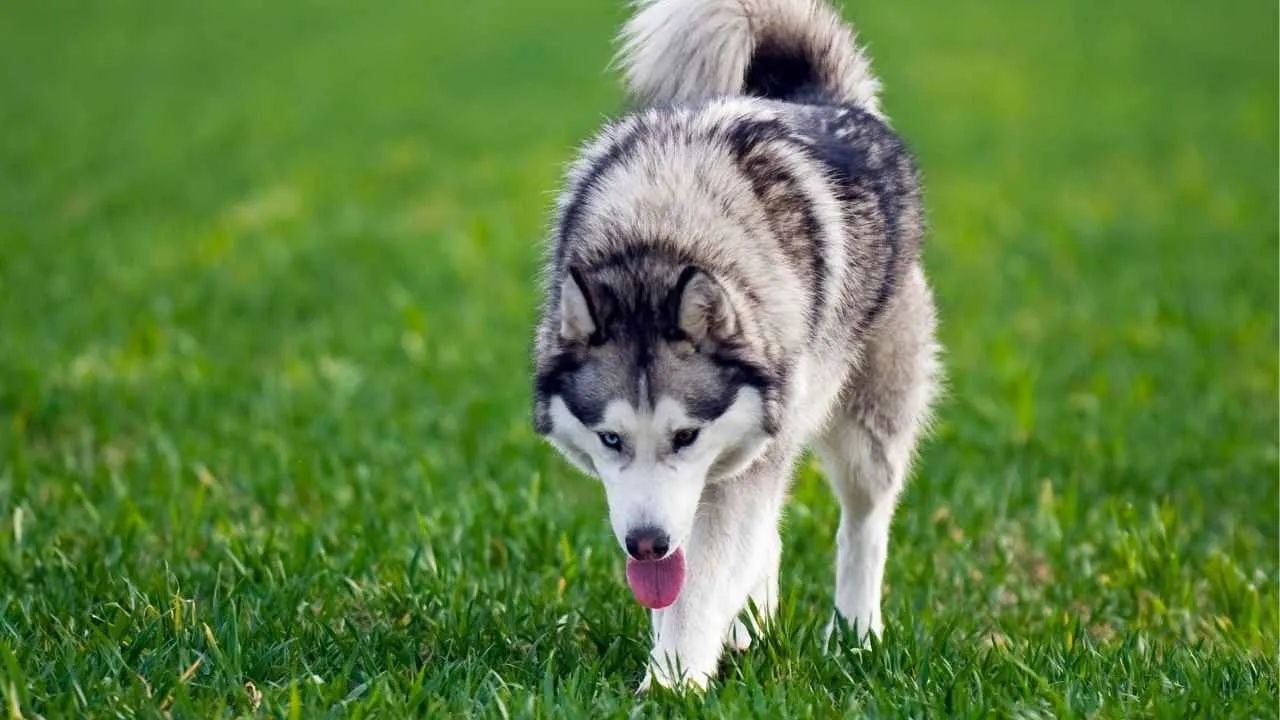
Alaskan Malamute represents a sled dog breed whose ancestry extends beyond 4,000 years. They produce captivating and deep-toned howls. The howling behavior of the Alaskan Malamute serves as an ancestral tribute to their wolf origins while enabling them to send messages across large spaces.
They respond to sirens and particular noises by vocalizing harmoniously, which demonstrates their impressive vocal abilities.
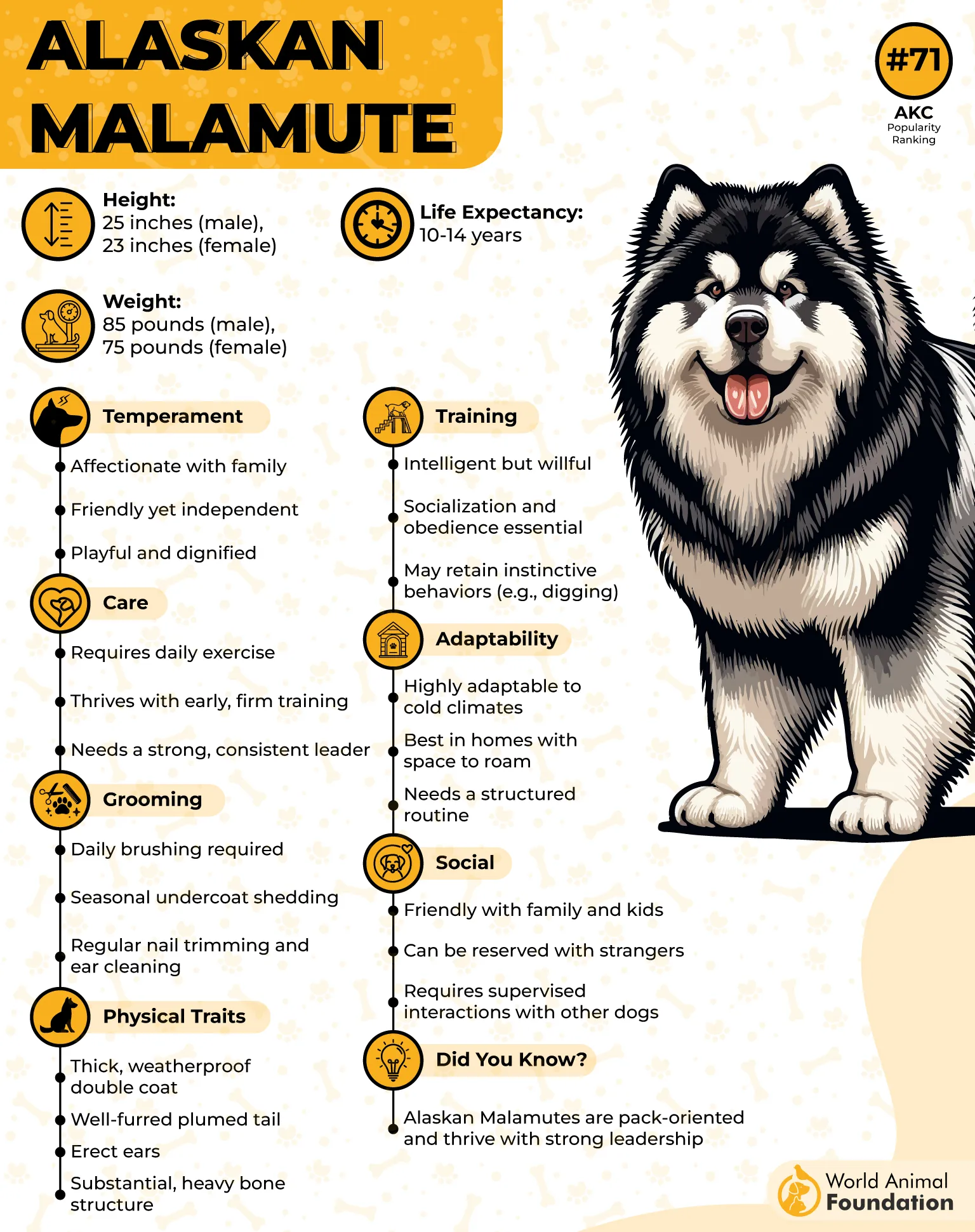
Through howling and whining along with other expressive noises, this breed chats with their human companions and other dogs, which puts them at the top of communicative dog breeds. They maintain a gentle and kind nature with family in spite of their big personality.
3. Beagle
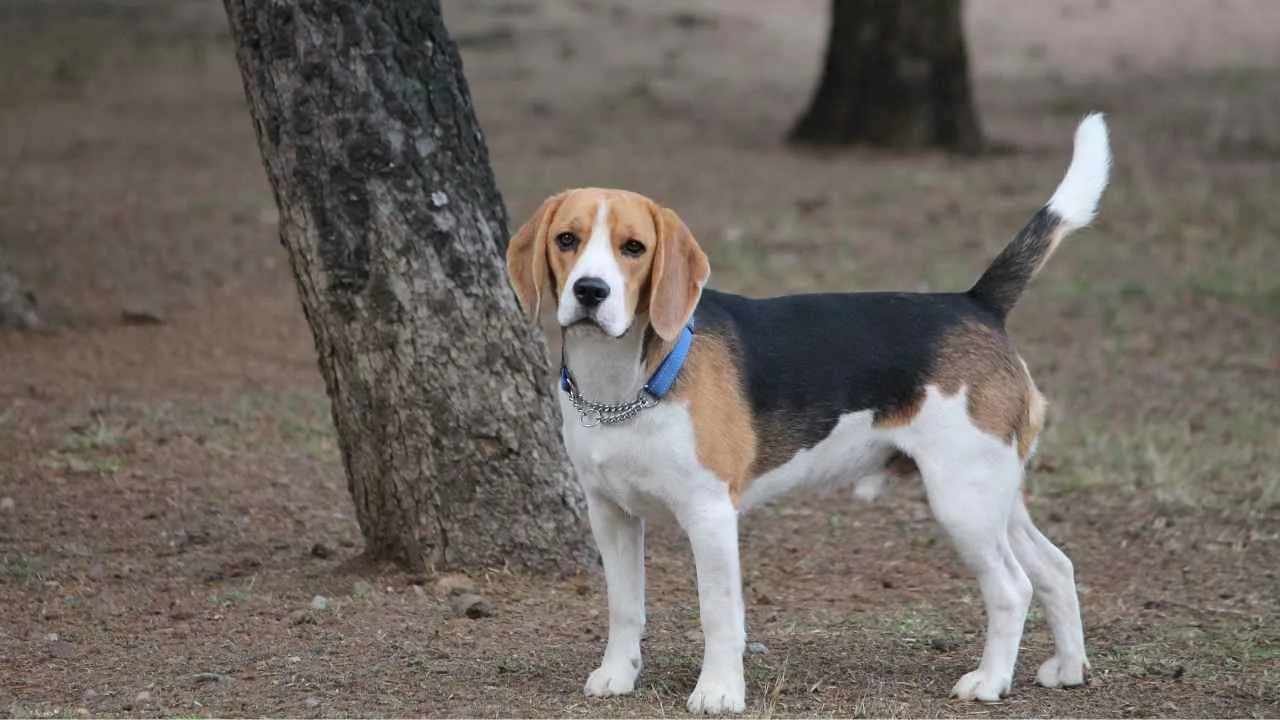
According to the American Kennel Club, three signature sounds characterize Beagles, which include their normal bark sound along with a particular bay similar to “yodeling” and a profound howling tone. The howling behavior of these dogs originated from their hunting past when they alerted their owners about locating prey.
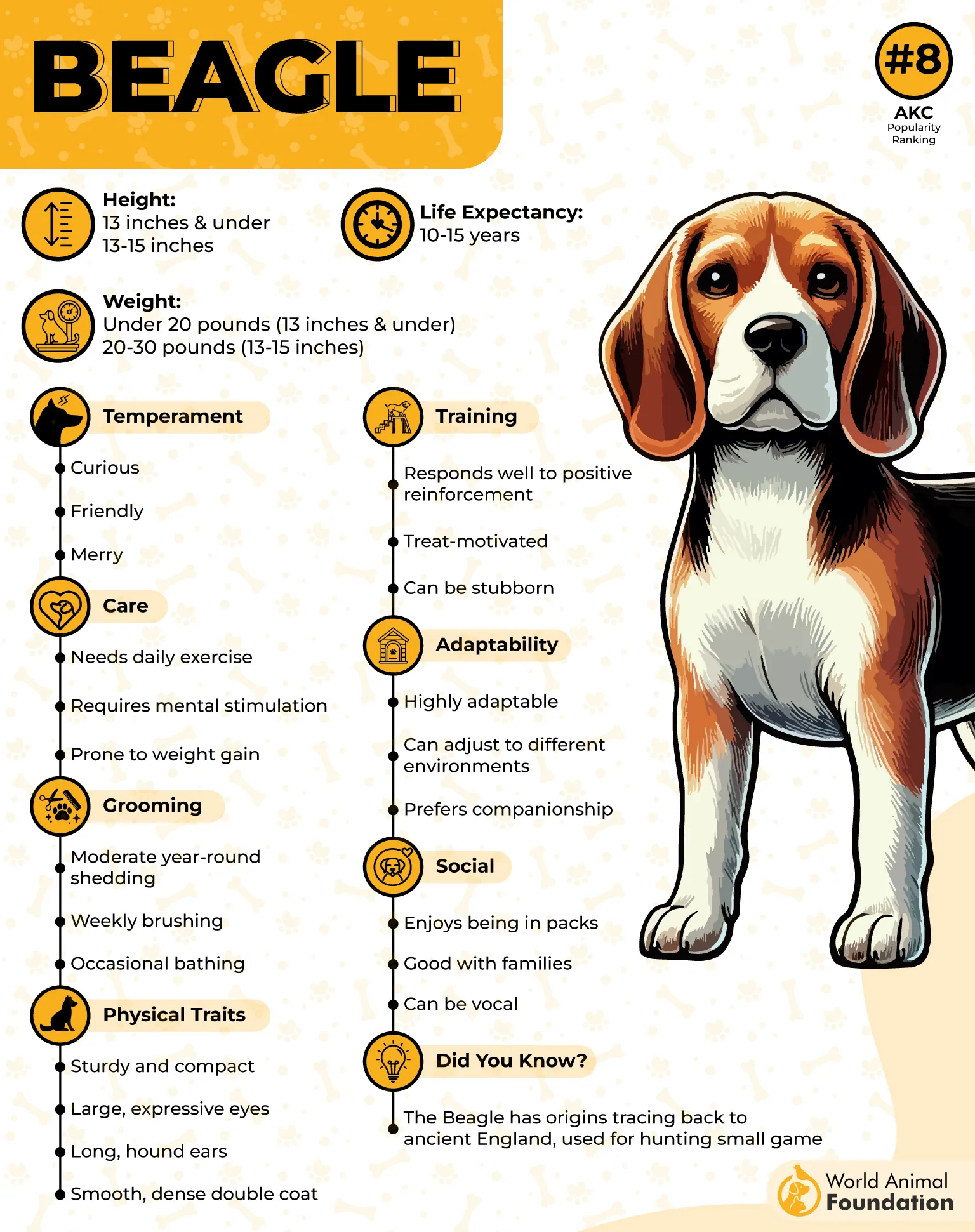
As scent tracking specialists, the USDA hires them to identify restricted agricultural products at airports. Because Beagles were originally bred to hunt in groups. They perform best in family settings where they have many chances to interact socially. They dislike solitude and frequently howl to show separation anxiety or to summon their human “pack”.
4. Basset Hound
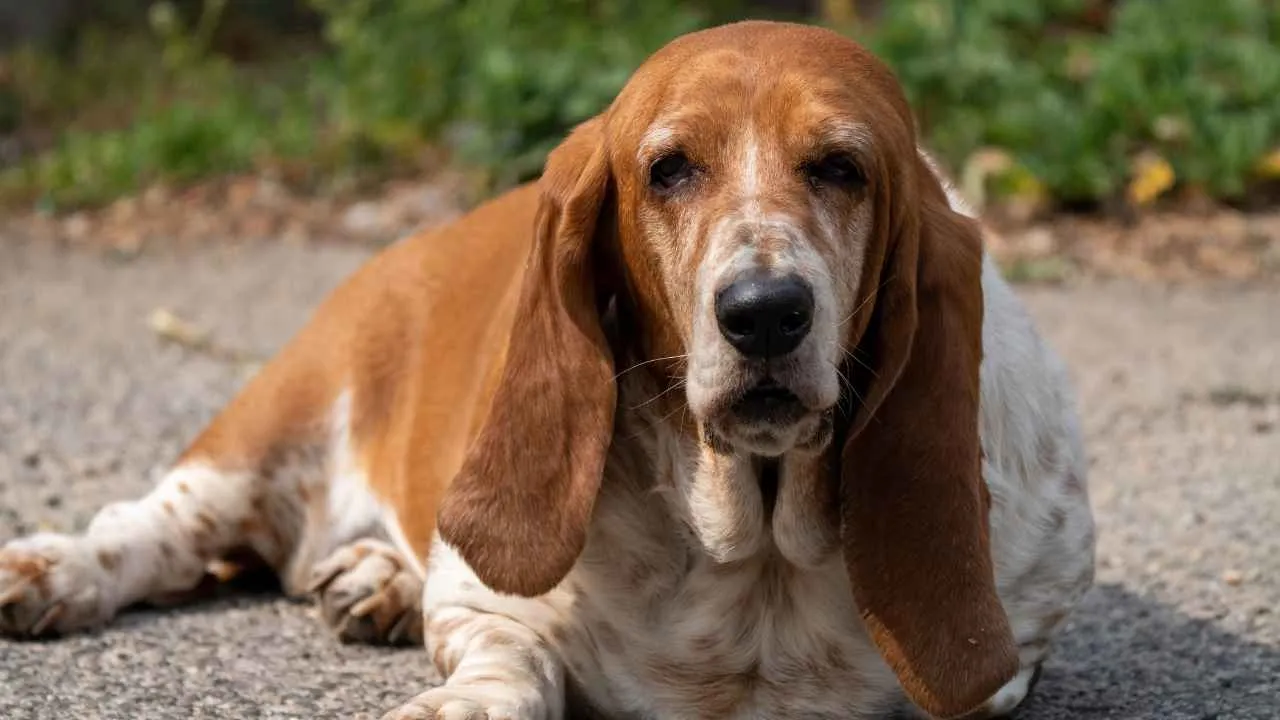
The distinctive droopy skin and stretched ears of Basset hounds serve purposes beyond aesthetics. The droopy ear of Basset hounds stirs up scent particles from the ground, and their skin folds trap those scents, which helps them become excellent trackers.
People recognize Basset hounds for their delightful musical howling. Their howls extend beyond loud noises since they possess an almost musical quality.

Hunters originally bred Basset hounds because their howls made it easier to find them hidden in thick brush. They perform best in sustained long-distance journeys while favoring gentle walks against fast-paced running. They show their affectionate nature and relaxed demeanor when they are away from their hunting tasks.
5. Bluetick Coonhound
The Bluetick Coonhound possesses a distinctive “baying” howl that sets it apart from other breeds. Hunters appreciate the soulful echoing melody of Bluetick Coonhounds during outdoor adventures, while neighbors find this same sound less pleasant when heard from their homes.
The breed earned its name from the black and white “ticking” patterns which give their short, shiny coats a blue appearance.
They have a cold nose, which enables them to detect both faint scents and those that have aged several days. They excel in hunting and search missions due to their unparalleled tracking ability. Their howling served to alert hunters when prey is treed while also helping dogs express their excitement or curiosity.
6. Bloodhound
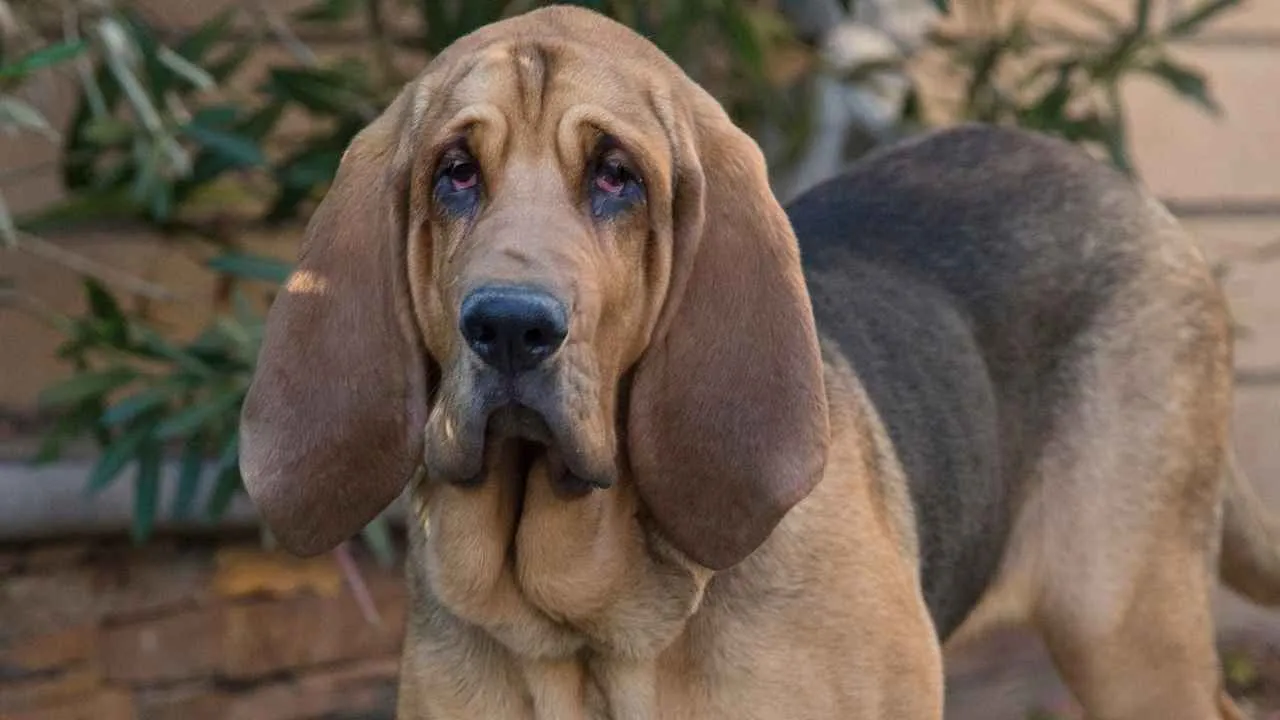
Bloodhounds naturally howl, which serves as a unique form of communication beyond mere charm. Dogs communicate through their special “songs,” which they utilize both to interact with their handlers and to react to exciting events. The structure of their ears directs scent particles to their noses, and their wrinkled skin retains odors so they can track tiny scent trails.
They have strong bonds with families, which makes them known as gentle giants, and their exceptional patience results in wonderful interactions with children. In the past, they used howling for hunting, but today their owners appreciate their dramatic vocalizations.
7. Shiba Inu
Shiba Inus produce a high-pitched scream that they only use when they feel excited or anxious or when they experience frustration. The sound of it will stay with you forever after you hear it. They achieve their fox-like appearance through their curled tails combined with their double coats in red or cream colors and their pointed muzzles, which enhance their attractive look.
Although Shibas make good apartment companions because they are mostly quiet dogs, they require plenty of physical activity and interactive toys to stay happy and healthy. Daily exercise prevents boredom, which leads to destructive behavior in these dogs.
8. Dachshund
The German breeding program created Dachshunds to function as specialized badger hunters. The Dachshunds got their name from their purpose as a “badger dog,” which enabled them to fearlessly track prey into hidden dens. Their howling behavior is not just random sound production but an inherited genetic trait.
They demonstrate their intelligence by using howls and barks along with whines to convey messages. They have a lot to communicate, whether they see something outdoors or need human interaction. They also use howls to interact with fellow dogs.
9. American Eskimo Dog

American Eskimo Dogs are famously vocal. While they howl, they also yowl and bark and even mumble as they engage you in conversation. They mix howls with additional sounds when they want to show excitement or seek attention, or when they react to environmental noises. They display energetic agility and thrive on continuous activity.
The lively bursts of energy and talkative character Eskies bring make their companionship anything but dull. They maintain social traits yet serve as effective watchdogs. The combination of their acute senses and loud vocalizations enables them to effectively alert their owners to potential dangers.
Conclusion
Howling demonstrates the innate strong instincts present in some dog breeds through its fascinating behavioral display. According to Pawlicy, these dogs use howling to connect with their human companions and communicate over great distances due to their pack animal nature, while also expressing emotions.
Our comprehension of this behavior enables us to understand the reasons behind certain dog breeds’ propensity to howl due to separation anxiety, expressing excitement, or innate genetic traits. Owners who implement mental stimulation along with physical stimulation and positive reinforcement training can develop dogs’ instinctual vocalization behaviors healthily.


